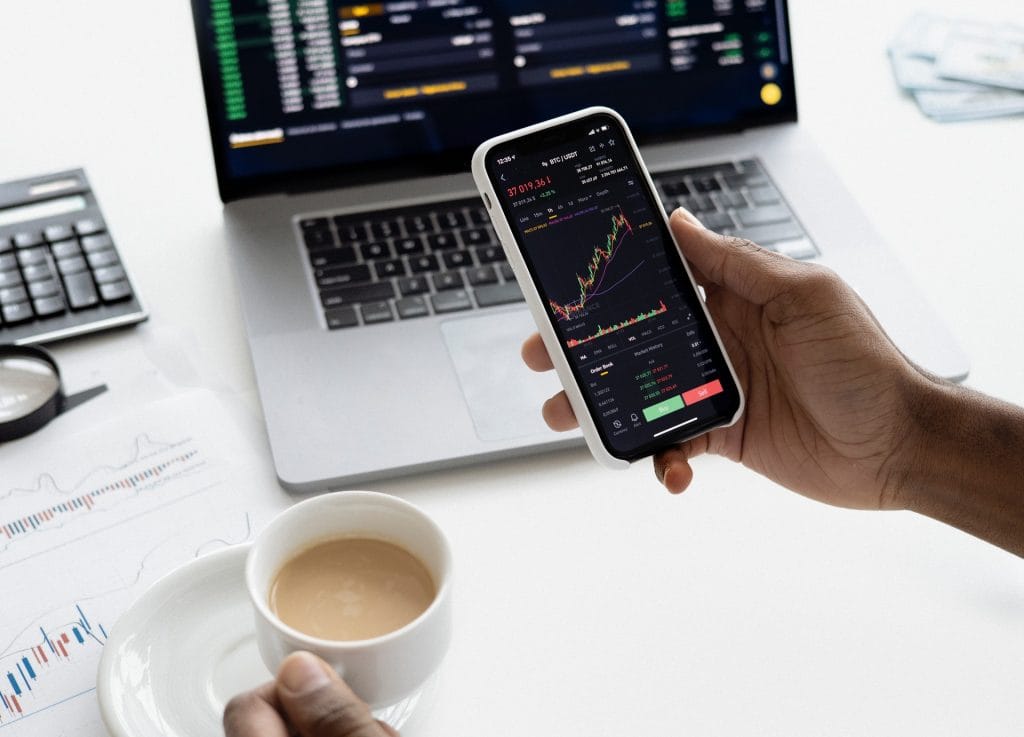So you’ve invested your money, some are up, some are down. How do I know when to buy more, keep holding or sell? This article aims to provide you with some guidance through the ups and downs of your portfolio.
Take your wins when you can
It sounds simple – if a share has had a dramatic increase in share price due to an announcement and jumps up anywhere above 30% in a single day, it could be worth re-evaluating and selling. Especially for shares in which you have taken a punt on without significant amount of research. Recently, off the back of a solid announcement from the company I’ve had a win with one of my holding ASX:COD (a copper explorer I took a gamble on a few months ago after hearing it could be a winner from a friend). The share one more shot up over 150% in the morning, without any science and worried the potential gains could erode away, I set the sell price at $1.00 which would earn me roughly 300% – a very respectable amount I am happy to take.
It’s not uncommon though for the share to keep shooting through the roof (which is the risk you take when selling) or to plummet back down if the market overreacts to good news. I was recently caught up in the hype of one of my other investments ASX:88E, where I was up roughly 800% at one point, they then let out an announcement of bad nature and plummeted 80% on the Monday at open. Although still up overall, if I had sold earlier, I could have secured much better gains.
Selling at any price on the way up would have yielded much better gains and it’s really impossible to know what the peak is or see the future. So be happy if you can take your gains where possible, if you really believe there’s much more potential, keep holding. Another strategy I like is:
Partial Sale
This is probably my favourite method of taking acceptable gains as well as still riding the wave if you have good believe or just want to keep some risk in the portfolio. Example with ASX:88E above.
- Watch the share sky rocket up to maybe 200-300%,
- ‘This is amazing, I have seen them release good news thus far, but there’s still some uncertainty over the samples’.
- I recognise I have made good gains, but it could be better. However there is risk that it could all turn into nothing….
I could:
- Sell it all and take the win
- Partial Sales: Sell my original Purchase amount ($) and keep holding the remaining
- Hold the entire amount – go go go
With the Partial Sales, you would limit any losses that could be made in the future. Even if the company goes bankrupt, you will have pulled out the initial amount. Great!
Even as the price climbs higher (like 600-800%), you can keep selling part of your investment realises gains and gains. If we did a strategy like this for 88E potential gains would be much higher than what I actualised (100%). Doing this strategy would potentially yield $2,500:
You can see how powerful the partial sale can be in this illustration. Be cautious and watch the shares (daily) to look for spikes and opportunities for potential sales.
Buy more when the price drops (AKA Averaging Down)
In essence, if you have some shares you really believe in could be a future winner however they are currently at a loss (in the red), you can thinking of this another way as ‘oh, I can buy more as this share will surely increase in value over the next few years. I’m getting a bargain! I should buy more‘.
You can read a full article on this here but that is the true crux. Example would be COVID, I should’ve put everything I owned in shares in March 2020 and I’d have paid off my mortgage 3 times over!
Tax Implications
If you are serious, go see your accountant, tax or financial adviser.
The main thing here I think is the 50% CGT discount. Link to ATO website.
Simply put, if you are holding an investment and it’s been a full year, any gains you get may be discounted by 50% for tax purposes. So IF you are sitting on a gain and were thinking of selling, it could be worth waiting a few extra days to get this discount.
Next time
- Tracking your investment portfolio in Google Sheets with automatic updates










:max_bytes(150000):strip_icc():format(webp)/DeterminingRiskandtheRiskPyramid3-1cc4e411548c431aa97ac24bea046770.png)






